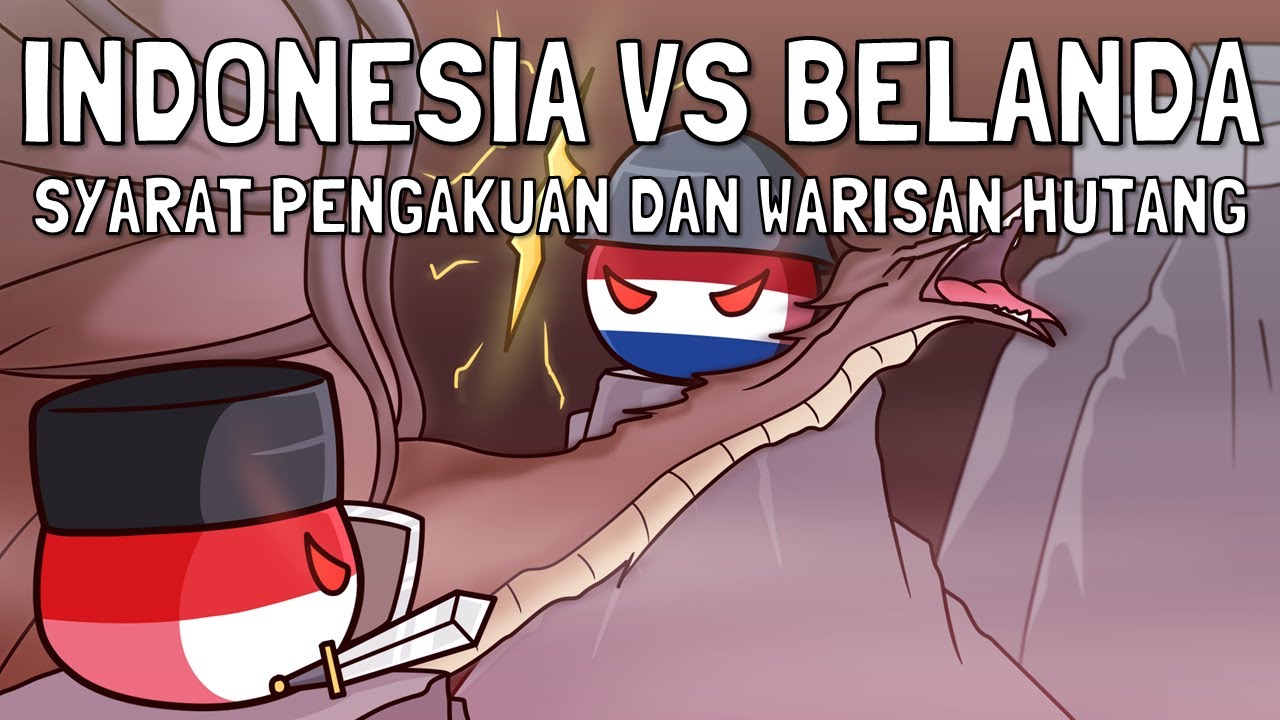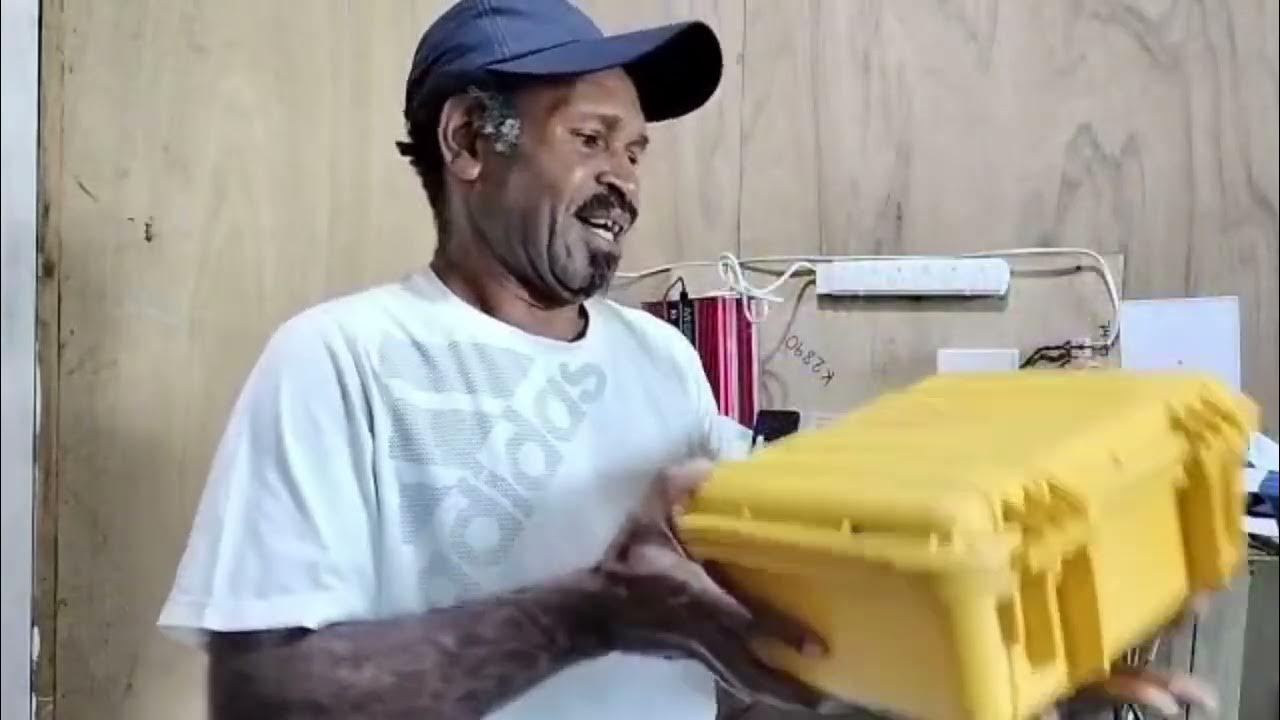60 TAHUN NGOTOT MERDEKA‼️INI SEJARAH ORGANISASI PAPUA MERDEKA (OPM) PENENTANG INDONESIA 1963-2023
Summary
TLDRThis video script delves into the historical and ongoing struggle for independence in Papua, Indonesia. It covers the formation of the Free Papua Movement (OPM) and its armed wing, KKB, detailing their efforts to separate from Indonesia since the 1960s. The script outlines key events, including the New York Agreement, the Act of Free Choice (Peppera), and the international response to the movement. It also discusses the Indonesian government's strategies to address the conflict, such as granting special autonomy and development initiatives. Despite these measures, the OPM continues its campaign, leading to ongoing tensions and violence in the region.
Takeaways
- 🏳️🌈 The script discusses the origins of the Free Papua Movement (OPM), which seeks independence from Indonesia and was established in Papua or Irian Jaya.
- 🗓️ Indonesia declared independence on August 17, 1945, after Japan's defeat in World War II, but Papua remained under Dutch control until the 1960s.
- 🏛️ The New York Agreement in 1962 facilitated the transfer of administration of West Papua from the Netherlands to Indonesia, which was met with mixed reactions from local Papuans.
- 📊 The Act of Free Choice (Pepera) in 1969 was a process to determine the status of West Papua, which resulted in a majority voting to join Indonesia, a decision that has been criticized for its lack of democratic representation.
- 🔥 The OPM has used both peaceful and violent means to advocate for independence, including attacks on infrastructure and clashes with Indonesian forces.
- 🛑 International support for the OPM has varied, with some countries and organizations providing moral support or advocating for the Papuan cause.
- 🔗 The script mentions internal conflicts within the OPM, leading to factions and a shift in strategies over time, including a focus on diplomatic efforts for international recognition.
- 🏗️ Despite Indonesia's efforts to develop Papua through significant investments and special autonomy, the OPM continues to resist, indicating that development alone has not resolved the underlying political issues.
- 🚨 The Indonesian government has labeled the actions of the OPM as terrorist activities, reflecting a hardening stance against the movement.
- ✈️ The script recounts specific incidents of violence, such as attacks on civilian aircraft and infrastructure, highlighting the ongoing conflict and its impact on civilians and the state.
Q & A
What is the goal of the Free Papua Movement (KKB)?
-The goal of the Free Papua Movement (KKB) is to achieve independence from the Republic of Indonesia.
When was the independence of Indonesia declared and by whom?
-The independence of Indonesia was declared on August 17, 1945 by Sukarno, after Japan's defeat in World War II.
Why did Papua, or West Papua, remain under Dutch control after the declaration of Indonesian independence?
-Papua, or West Papua, remained under Dutch control because it was still considered a Dutch colony, and the Netherlands did not relinquish control until later.
What is the significance of the New York Agreement in the context of West Papua?
-The New York Agreement was a treaty signed by the Netherlands, Indonesia, and the United Nations that facilitated the transfer of West Papua from Dutch to Indonesian administration.
What was the outcome of the Act of Free Choice (Pepera) in 1969 for West Papua?
-The Act of Free Choice (Pepera) resulted in a majority of selected participants voting to join Indonesia, which was then accepted by the United Nations.
When was the Organisasi Papua Merdeka (OPM) established and what does it stand for?
-The Organisasi Papua Merdeka (OPM) was established on December 1, 1963. It stands for the Free Papua Movement, advocating for West Papua's independence.
How did the OPM's approach to achieving independence evolve over time?
-Initially, the OPM was non-violent and cooperative with the Indonesian government. However, it later adopted a more militant approach, with some factions engaging in armed struggle and acts of violence.
What was the impact of the OPM's actions on the Freeport mine in the 1970s?
-The OPM's actions against the Freeport mine in the 1970s included sabotage, such as cutting pipelines and disrupting operations, which caused significant damage and financial loss to the company.
What is the current status of the OPM and its activities?
-The OPM continues to exist with various factions, some of which are more militant. They have been involved in various acts of resistance and have been designated as terrorist organizations by the Indonesian government.
How has the Indonesian government responded to the OPM's activities?
-The Indonesian government has responded with military and police actions to counter the OPM's activities, leading to a long-standing conflict and human rights concerns in the region.
What are some of the recent developments or incidents involving the OPM?
-Recent developments include the formation of new pro-independence groups and incidents such as attacks on infrastructure and civilians, as well as ongoing attempts at dialogue and negotiation.
Outlines

このセクションは有料ユーザー限定です。 アクセスするには、アップグレードをお願いします。
今すぐアップグレードMindmap

このセクションは有料ユーザー限定です。 アクセスするには、アップグレードをお願いします。
今すぐアップグレードKeywords

このセクションは有料ユーザー限定です。 アクセスするには、アップグレードをお願いします。
今すぐアップグレードHighlights

このセクションは有料ユーザー限定です。 アクセスするには、アップグレードをお願いします。
今すぐアップグレードTranscripts

このセクションは有料ユーザー限定です。 アクセスするには、アップグレードをお願いします。
今すぐアップグレード関連動画をさらに表示

Operasi Trikora: Konflik Perebutan Papua oleh Indonesia & Belanda

Menerawang Sejarah Organisasi Papua Merdeka

Sejarah KMB: Demi Indonesia Merdeka, terpaksa membayar Belanda?

Sejarah Konflik Papua dan Mengapa Belum Berakhir Hingga Saat ini!

Separatist Movement Groups that Want Independence from Indonesia

Jubir KOMNAS TPN-PB: Ini Bukti Nyata Dukungan Internasional Untuk Perjuangan Kemerdekaan Papua Barat
5.0 / 5 (0 votes)
